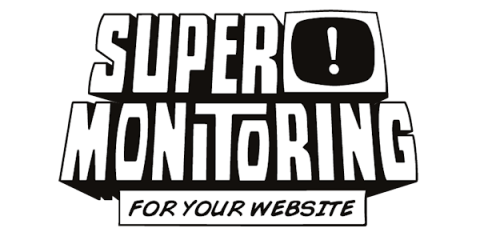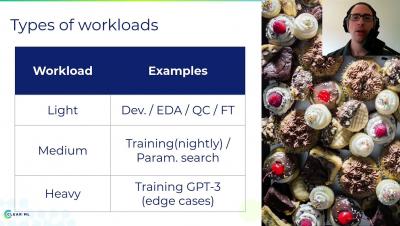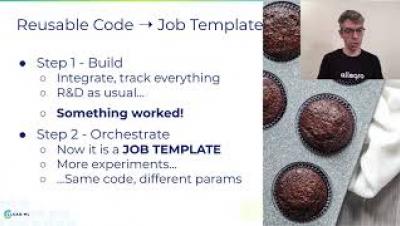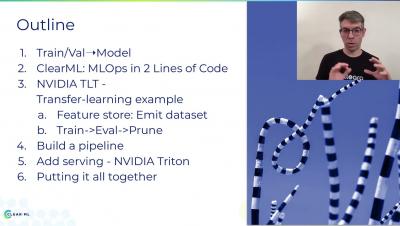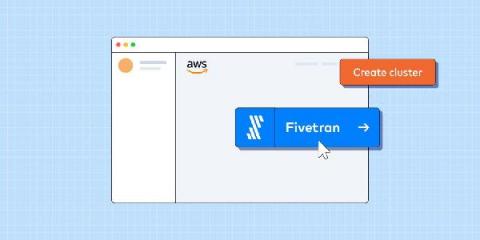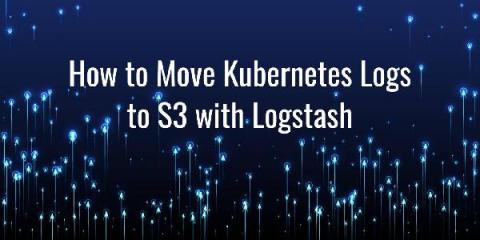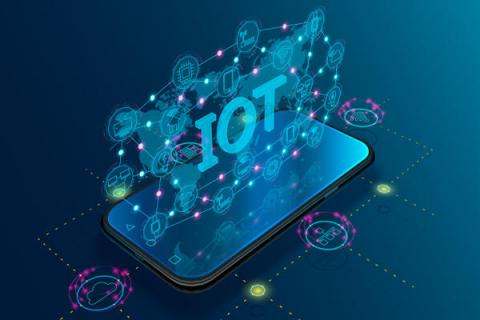Systems | Development | Analytics | API | Testing
Technology
Top 7 IoT Tools & Platforms for App Development
The connected reality of gadgets presented by the Internet of Things (IoT) can no longer be considered as just a buzz as it has already transformed our living to a great extent. The connected things made our homes, workplaces, and transportation smarter. No wonder IoT apps are now one of the most popular app categories. As the latest statistics reveal, the global market share of IoT apps is expected to touch a whopping 520 billion USD by the end of 2021.
[MLOPS] From #GTC21: Best Practices in Handling Machine Learning Pipelines on DGX Clusters
[MLOPS] From #GTC21: How to Supercharge Your Team's Productivity with MLOps
[MLOPS] From #GTC21: Workshop - Demonstrating an End-to-End Pipeline for ML/DL Leveraging GPUs
Load testing and Azure DevOps with José Luis Latorre Millas (k6 Office Hours #20)
4 Considerations When Building Your Government Data Strategy
If you’ve followed Cloudera for a while, you know we’ve long been singing the praises—or harping on the importance, depending on perspective—of a solid, standalone enterprise data strategy. While certainly not a new concept, Government missions are wholly dependent on real time access/analysis of data (wherever it may be (legacy data centers or public cloud) to render insight to support operational decisions.
How to Launch Fivetran Through the Amazon Redshift Console
Amazon Redshift supports native integration with Fivetran. Here’s how to set it up.
How to Move Kubernetes Logs to S3 with Logstash
How to Visualize & Accelerate Digital Twins IoT Development
The Internet of Things (IoT) is changing the way we physically and digitally interact in the world. With the global IoT market projected to reach nearly $2 trillion by 2028, developers are looking for ways to take advantage of the increasing demand and gain a cutting edge. For many teams, IoT development combined with using digital twins for verification allows them to make better decisions during development and visually market their devices after launch. How?



